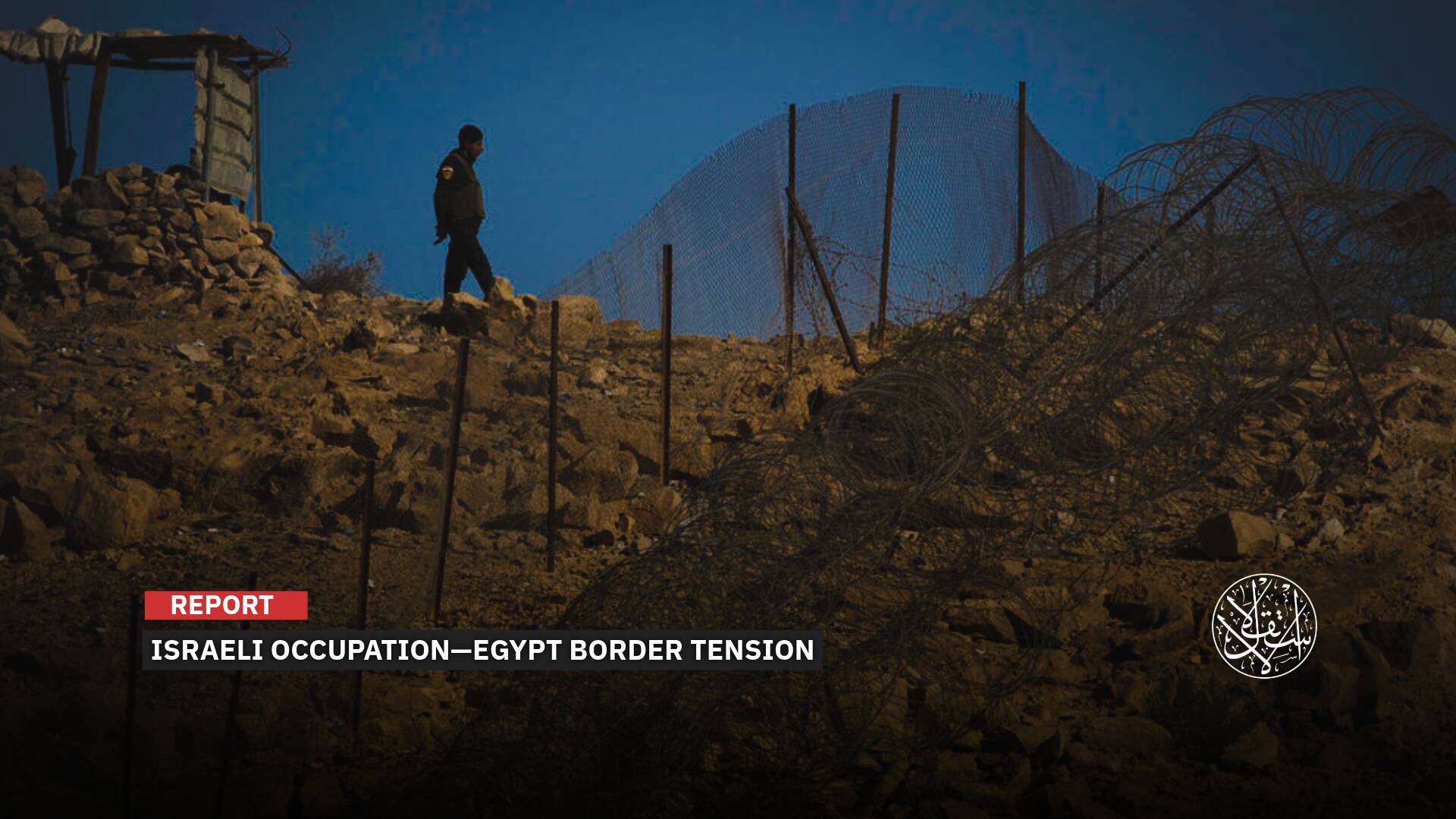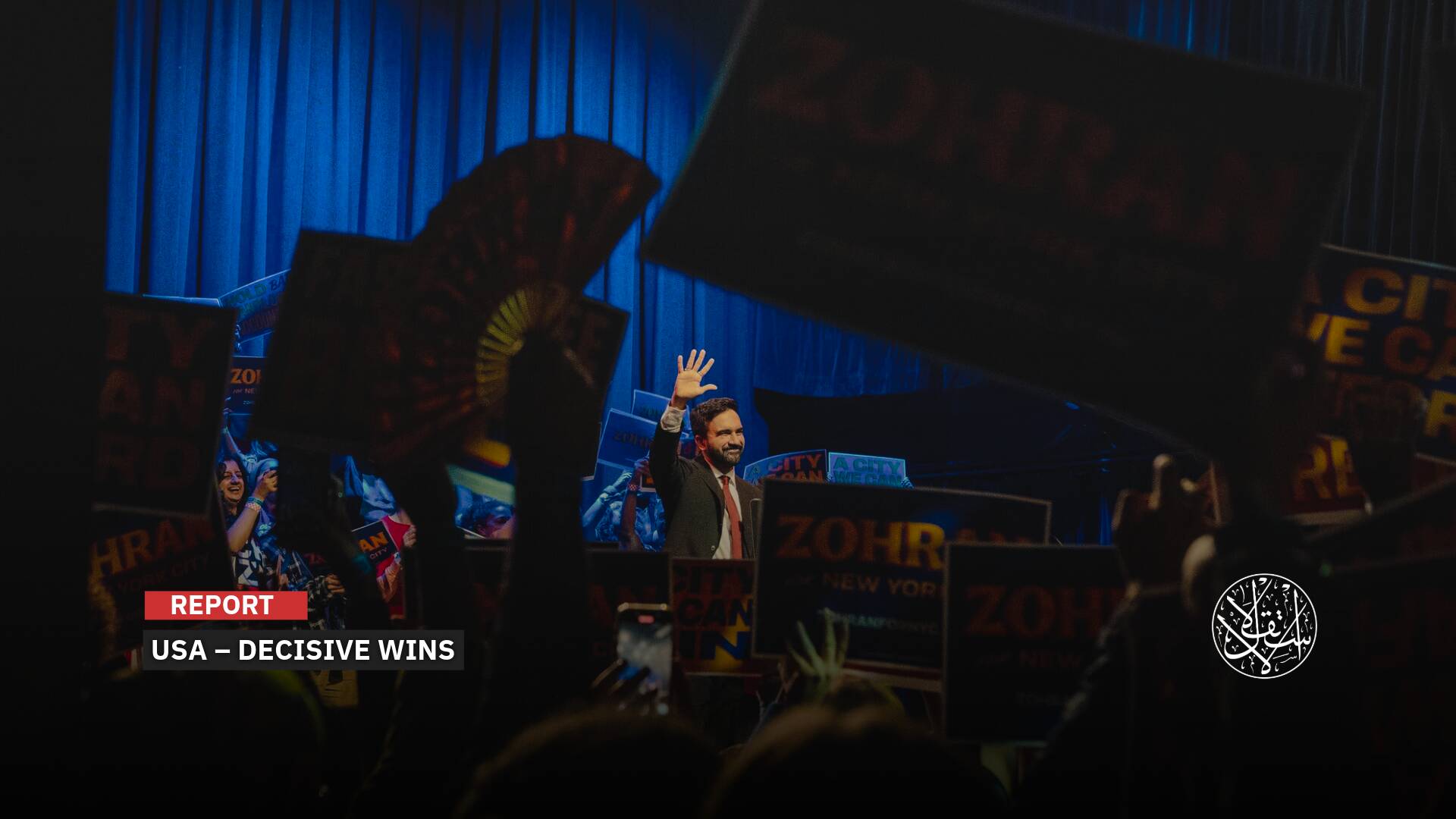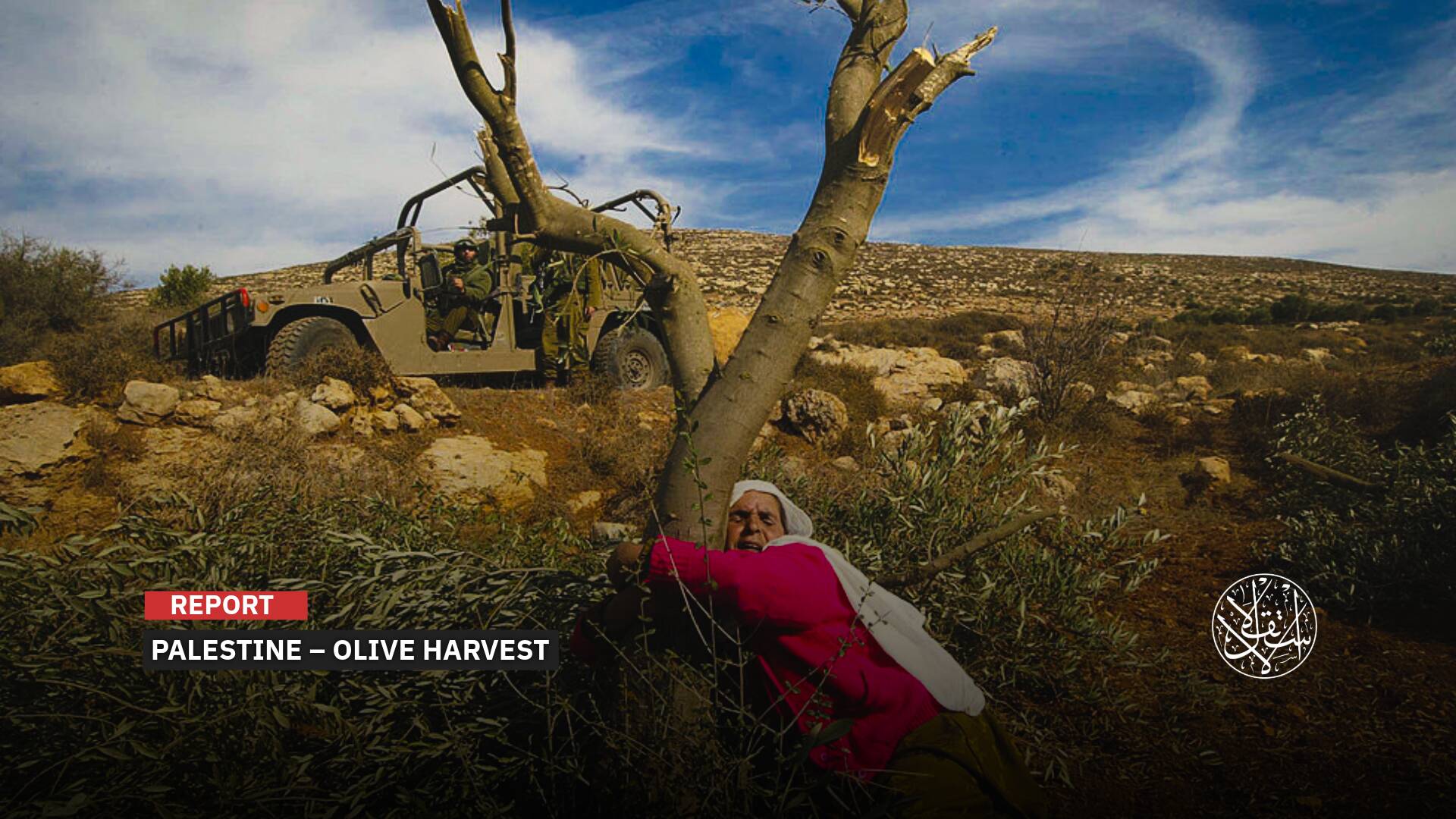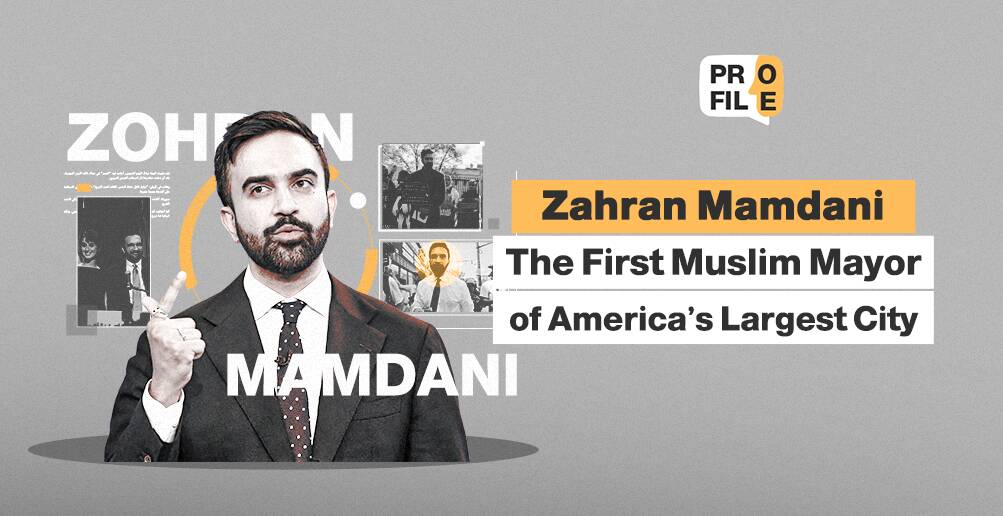‘Ceasefire Deal’: Did It Derail the U.S.-Israeli Plot to Topple Iran’s State Authorities?

“Israel” targeted the gates of Evin Prison, where opponents of the Iranian regime are held.
After U.S.-Israeli threats to overthrow Iran’s government at the start of the Israeli war on the country (June 13–24, 2025) and the failure of a plot to sow chaos by killing 20 top military and nuclear figures on day one, both sides shifted focus toward weakening Iran and dismantling its nuclear capabilities.
But Iran’s resilience, its continued missile strikes on “Israel” and threats to close the Strait of Hormuz, signaled a shift in strategy. Rather than “regime change” through a single blow, “Israel” appeared to pivot toward internal destabilization while maintaining covert efforts to undermine the leadership, according to Israeli assessments.
As part of that strategy, the Israeli Occupation struck the gates of the Evin Prison, which holds state authorities' opponents with links to the U.S. and “Israel,” along with intelligence and security headquarters—moves aimed at triggering unrest and encouraging loyalists to seize power.
On June 23, 2025, Israeli Army Radio admitted that Israeli forces had bombed the gates of Evin Prison “to enable detainees to escape.”
Although these plans failed and Iran’s leadership held firm, with both sides reaching a ceasefire agreement, U.S. and Israeli reports suggest that efforts to topple the current leadership won’t stop—but will now operate more covertly.
‘Regime Change’ by Force
Throughout the aggression on Iran, Israeli officials openly voiced their desire to remove the Iranian government. While Washington initially denied that “regime change” was on the table, President Donald Trump hinted otherwise, asking: “If the current regime is unable to make Iran great again, why wouldn’t there be a Regime change?”
This remark came shortly before the ceasefire. “If the Iranian regime refuses to come to a peaceful, diplomatic solution, which the president is still interested and engaging in by the way, why shouldn’t the Iranian people take away the power of this incredibly violent regime that has been suppressing them for decades?” White House Press Secretary Karoline Leavitt told Fox News.
“Our posture has not changed. Our military posture has not changed. These were decisive precision strikes that were successful on Saturday evening. But the president is just simply raising a good question that many people around the world are asking.”
Even after the ceasefire, Trump posted a provocative video hinting at taking down “Iran’s regime.” U.S. media reported that plans to remove the state authorities were only delayed due to its resilience during the Israeli war—not abandoned. The downfall, they noted, still seems distant, but the government is under immense pressure.
“The Iranian regime is under immense stress. Its collapse might seem distant, but autocracies often unravel slowly before collapsing abruptly—not because of bombs alone, but because bombs crack what is already crumbling. The U.S. must prepare accordingly,” Albert B. Wolf of Barron's wrote.
At the war’s outset, “Israel’s” intentions regarding “regime change” were unclear. But Prime Minister Benjamin Netanyahu warned that “Israel will do what must be done” concerning “Iran’s authoritarian leadership.”
Despite the Israeli Occupation’s calls to weaken the leadership through airstrikes, rhetoric, and encouraging U.S. involvement, it quickly denied any intention of toppling the government once Iran proved resilient.
An Israeli military assessment published by Noam Amir on Channel 14—favored by hardliners—on June 22, 2025, openly hoped that U.S. involvement in “Israel’s” war against Iran would lead to “the regime’s collapse.”
It argued that the war’s direct goals were to neutralize the nuclear threat and reduce the missile threat. But it added: “The U.S. offensive must have a long-term hidden goal: to launch a process that ends with regime change in Tehran.”

Why Evin Prison?
“Israel’s” airstrike on Tehran’s Evin Prison on June 23, which houses political prisoners and opponents of Supreme Leader Ayatollah Khamenei, was seen as a clear sign that Tel Aviv was executing a plot to stir internal unrest in Iran as a prelude to “regime change.”
The Israeli Occupation army declared it had carried out “unprecedented attacks on facilities linked to the Iranian regime and its repression apparatus,” specifically targeting sites in the heart of Tehran.
Among the targets were the Basij headquarters, the notorious Evin Prison, offices of the Islamic Revolutionary Guard Corps (IRGC) internal security units, and ideological centers. The goal, according to Israeli statements, was to create conditions for detainees to take to the streets and spark chaos that could lead to a change in power.
Simultaneously, “Israel” struck the headquarters of “Thar Allah,” an IRGC unit responsible for protecting Tehran from internal threats.
It also bombed the base of the “Sayyid al-Shuhada Corps,” another IRGC unit tasked with defending Iran and controlling domestic unrest, such as protests and civil disobedience.
Iran’s judiciary announced that the situation at Tehran’s Evin Prison was “under control” following drone strikes that damaged parts of the facility. The judiciary’s media center also denied reports of gunfire inside the prison, dismissing Israeli media claims of chaos and unrest as misinformation.
“Israel,” however, sees “regime change” as the only guarantee for achieving its broader strategic goals. As long as Iran’s current leadership remains in power, analysts in “Tel Aviv” argue, it will be nearly impossible to halt its ballistic missile program, or its potential race toward a nuclear bomb. Writing in Haaretz on June 23, Israeli analyst Raviv Drucker said overthrowing the government is the only change that ensures strategic success.
According to Yedioth Ahronoth, “Israel’s military objective” included paralyzing Iran’s internal security apparatus to pave the way for a post-war uprising. Military analyst Ron Ben-Yishai noted that “Israel” had expanded its campaign to target internal security forces and leadership strongholds in an effort to weaken the clerical grip on power and embolden the opposition once the fighting ends.
He said the strategy aimed to destabilize forces that have long suppressed dissent, thereby creating space for internal actors to mobilize and challenge the state authorities. The strike on Evin Prison was part of this broader effort.
However, Western experts were skeptical that any domestic uprising could occur amid an ongoing U.S.-Israeli assault. Armed groups like the People's Mojahedin Organization of Iran (MEK) may be preparing for revolt, but analysts believe these efforts are unlikely to succeed under current conditions.
As long as Israeli strikes continue, mass protests remain improbable. Fear keeps many Iranians at home, while government loyalists rally around the government in defiance of external threats.
Responsible Statecraft warned on June 24 that banking on an externally backed opposition is futile. It called “Israel’s fantasy” of restoring the Shah Reza Pahlavi baseless, citing his close ties to Netanyahu as a major liability that undermines his credibility in Iran.
In the end, rather than sparking unrest, the Israeli Occupation attacks appeared to strengthen national unity. Celebrations broke out across Iran, with crowds taking to the streets in support of Supreme Leader Ayatollah Khamenei—a scene that defied Israeli and American expectations and delivered the opposite of what they had hoped.

Obstacles to Overthrowing Iran’s Leadership
According to Barron’s, the collapse of Iran’s government is far from guaranteed. Numerous obstacles could derail U.S. and Israeli plans, some rooted in Iran’s internal dynamics, others in the fragmented nature of its opposition.
Supreme Leader Ali Khamenei still commands considerable support, and the Islamic Revolutionary Guard Corps (IRGC) remains a formidable force. Iran’s opposition is far from united. It includes reformists, monarchists, and ethnic separatists—deep divisions that hinder any coordinated challenge to the government.
The article also warns that Washington must not ignore the broader consequences of a government collapse. A power vacuum in Iran could trigger a refugee crisis on the scale of Syria’s post-2011 exodus, and lead to a scramble over Iran’s natural resources, disrupting oil markets and sending shockwaves through the global economy.
There’s also the alarming risk that unsecured nuclear materials could fall into extremist hands, with groups like ISIS exploiting the chaos. Ethnic and regional tensions, particularly in Kurdish areas and the Sistan and Baluchistan provinces, could spark internal conflicts or even civil war.
Barron’s emphasizes that the U.S. should shift focus from engineering “regime change” to managing potential fallout. The piece draws on painful lessons from Iraq and Afghanistan: propping up exiled opposition leaders often undermines their legitimacy, and dismantling powerful institutions like the IRGC could trigger Iraq-style insurgency and state collapse.
Strategic precision is key, the article suggests. Successful transitions, such as those in Chile, Spain, and Poland, were aided by allowing some government elites to retain limited power or wealth, which helped preserve stability. Likewise, targeted sanctions relief tied to transparent reforms, similar to recent policies in Syria, could support gradual recovery without empowering the leadership.
Unfreezing Iranian bank assets could ease economic pressure, but only if linked to clear reforms that benefit ordinary Iranians.
“If the U.S. were to overthrow Iran's government, again, it’s going to create bigger chaos in the Middle East than one could ever imagine,” Mohamad Tavakoli-Targhi, a professor of Near and Middle Eastern civilizations at the University of Toronto, told CBC News on June 23.
That scenario is now less likely following Trump's announcement of a ceasefire, according to the outlet.
In 1953, a coup orchestrated by the CIA forced Iran's first democratically elected leader, Mohammad Mosaddegh, to spend the rest of his life under house arrest. It also led, according to experts who spoke with CBC News, to the 1979 Islamic Revolution and the repressive government that rules the country today.
According to Lucan Way, a professor of democracy at the University of Toronto, Trump’s open call for “regime change” is ironically strengthening a deeply unpopular government, by fueling nationalist solidarity and distrust of foreign interference.

Future of Iran’s Leadership
According to Iranian affairs experts and analysts, the future of Iran’s state authorities is unlikely to shift significantly following the U.S. strikes and the ceasefire with “Israel.” Despite heavy blows, the government appears resilient.
Aaron David Miller, a senior fellow at the Carnegie Endowment for International Peace and a former State Department official, told PBS on June 24 that it’s too early to predict the government’s fate. He dismissed expectations of Hollywood endings or sudden turning points, saying the focus should instead be on turning the fragile ceasefire into a permanent end to hostilities, followed by a political agreement—the only realistic path to ensuring Iran doesn’t acquire nuclear weapons, short of “regime change.”
Holly Dagres, a senior fellow at The Washington Institute for Near East Policy and curates “The Iranist,” a weekly newsletter on Iran, didn’t rule out the possibility that Iran could emerge stronger after the attacks. She said there had been no signs of major cracks within the system, no public defections, no mass protests, and no acute shortages of food or other essentials. This, she argued, suggests the leadership is far from collapse, though that could still change in the near future.
Dagres also doubted the attacks would force Tehran to abandon its nuclear ambitions, saying doing so would be perceived internally as humiliation and surrender to perceived aggressors—”Israel” and the United States.
A report by the Israeli Alma Research and Education Center, published June 25, echoed this assessment. It noted that the Iranian leadership remained in power despite targeted Israeli strikes, which, it claimed, were never intended to topple the government but rather to apply pressure.
“The timeframe for Iran’s recovery hinges on several factors: The extent of the damage incurred, the stability of the regime, and the nature of any diplomatic agreements or sanctions that may follow,” according to the report.
When it comes to stability, the report emphasized how difficult it is for intelligence agencies to predict grassroots uprisings. This makes it nearly impossible to forecast the leadership’s lifespan or accurately assess public opinion inside Iran.
“While it was widely believed before the recent conflict that most Iranians oppose the regime, the impact of the current campaign on public sentiment is unclear. Much of the opposition leadership also resides outside Iran, and it’s uncertain if they are willing to return and risk their lives to overthrow the regime,” according to the Israeli center.
In short, despite international pressure and internal strain, Iran’s state authorities have weathered the latest storm. For now, it appears the status quo will hold.
Sources
- Israeli-fueled fantasy to bring back Shah has absolutely no juice
- After The Strikes, What’s Next for The Iranian Threat?
- What’s next for Iran’s regime after U.S. strikes and Israel ceasefire? Analysts weigh in
- Here's what happened the last time the U.S. forced regime change on Iran
- The U.S. Must Prepare for Iranian Regime Collapse
- Israel aims to cripple Iran’s repression machine to pave way for post-war uprising
- Trump hints at regime change in Iran amid questions over damage from U.S. strikes on nuclear sites
- White House tries to find messaging balance on Trump’s regime change comment
- Opinion | Netanyahu's Bet on Drama-loving Trump Has Paid Off With Iran
- What’s next for Iran’s regime after U.S. strikes and Israel ceasefire? Analysts weigh in









